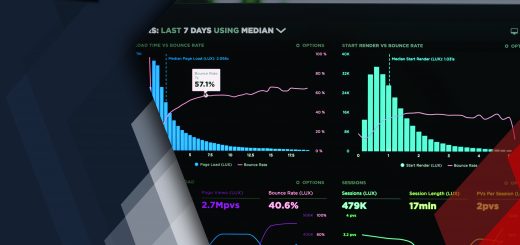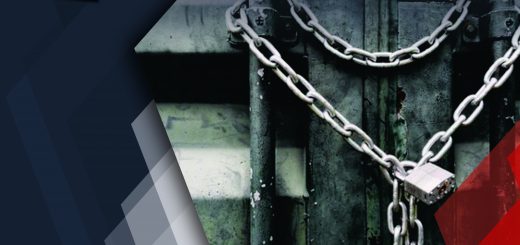How to use Unconventional Invalidity Searches to counter Litigated Patents
One of the most common scenarios in which businesses resort to patent invalidity searches is when they are sued for the infringement of granted patent claim(s). In such cases, the objective of the search is to invalidate the asserted patent to prevent hefty monetary damages.
Most of the time, these invalidity searches are performed in a set pattern or process. While such conventional search strategies certainly yield results, there are cases where patent practitioners need to think of unconventional ways to obtain favorable output. The following case study sheds light on a similar case, wherein Sagacious IP helped its client to counter a litigated patent in a lesser-known way, when all traditional means to do so were exhausted.
Table of Contents
The Challenge
Recently, a California-based corporation that operates in the solar energy domain approached Sagacious IP upon being sued by a competitor for patent infringement. The plaintiff had accused the defendant of infringing on its patent related to a micro-controller device used on solar plants (photovoltaic panel).
In simple terms, the plaintiff had alleged that the defendant was using the same technology disclosed in the patent asserted by it – the mechanism of remotely monitoring the photovoltaic panel that is claimed in the patent.
Sagacious IP Solution
Upon being approached by the client, Sagacious IP chose to tackle this patent infringement through an invalidity search to nullify the patent itself. Since patent infringement involves monetary damages, the challenge was to protect the client from hefty compensation by proving that the claimed invention is not novel or obvious. The team used both conventional and unconventional search strategies to obtain required results. The steps were as follows:

Following Conventional Process
Sagacious IP’s patent practitioners first conducted the invalidity search in conventional ways. They thoroughly read the patent and the complaint document to identify how the client’s product was infringing on the asserted patent. Thereafter, they formulated a search strategy based on patent reading and inferences derived from the complaint document (mapping of infringed product over the independent claim elements).
In this case, Sagacious IP first exhausted all search strategies based on key terms related to the domain of PV panels and their monitoring. For example, the key terms were related to monitoring, watching, inspecting, observing, supervising, surveillance, checking, etc. Similarly, subject patent’s classes were also analyzed and similarity-based tools like Amplified and Ambercite were used to find patents. However, no significant results were obtained.
Experimental/Unconventional Approach Begins
When all means of conventional searching were exhausted, the team brainstormed over search alterations. Previously, Sagacious IP had conducted a non-patent literature search where it identified the importance of the term “heartbeat” signal for a cloud storage/computer network, to determine the working status of any agent (device).
In this case, it implied using the concept of health monitoring for solar panels, i.e., monitoring heartbeat signals from the micro-controller device to check its status/working condition. Taking the clue, the team conducted a cross-domain search by using terms like health monitoring, heartbeat monitoring, diagnosis, etc. It was implied that this term can also be used in the domain of PV panels.
A search led by this approach finally fetched a strong result, a relevant prior art! Sagacious IP identified a patent that disclosed a mechanism similar to that of the plaintiff’s patent. The identified prior art/patent was filed before the asserted patent. Thus, the plaintiff’s invention seemed to lack the novel aspect in view of the identified prior art.
It is well worth noting that while the term “heartbeat” signal is used for diagnosing/monitoring any device over cloud network. A similar concept was applied in the domain of PV panels to track the status of the micro-controller. Therefore, there is a need to come up with such unconventional search strategies when all standard/conventional search approaches are exhausted.
Outcome
The search results provided to the client exceeded his/her expectations. The client agreed to the identified prior art shared by Sagacious IP. He was optimistic about making a strong defense against the plaintiff based on the results. Owing to the effective outcome, the client collaborated with Sagacious IP for more projects in the future.
As a global IP research and consulting firm, Sagacious IP has conducted over 2,000 patent invalidity searches so far. We have done this with the help of over 300+ researchers who specialize in various domains. The objective of every search is to provide businesses with the most relevant prior art in a format that can be easily understood and used in litigation or opposition. Click here to know more about this service.
– Deependra Singh Chauhan (ICT Searching) and the Editorial Team
Having Queries? Contact Us Now!
"*" indicates required fields




